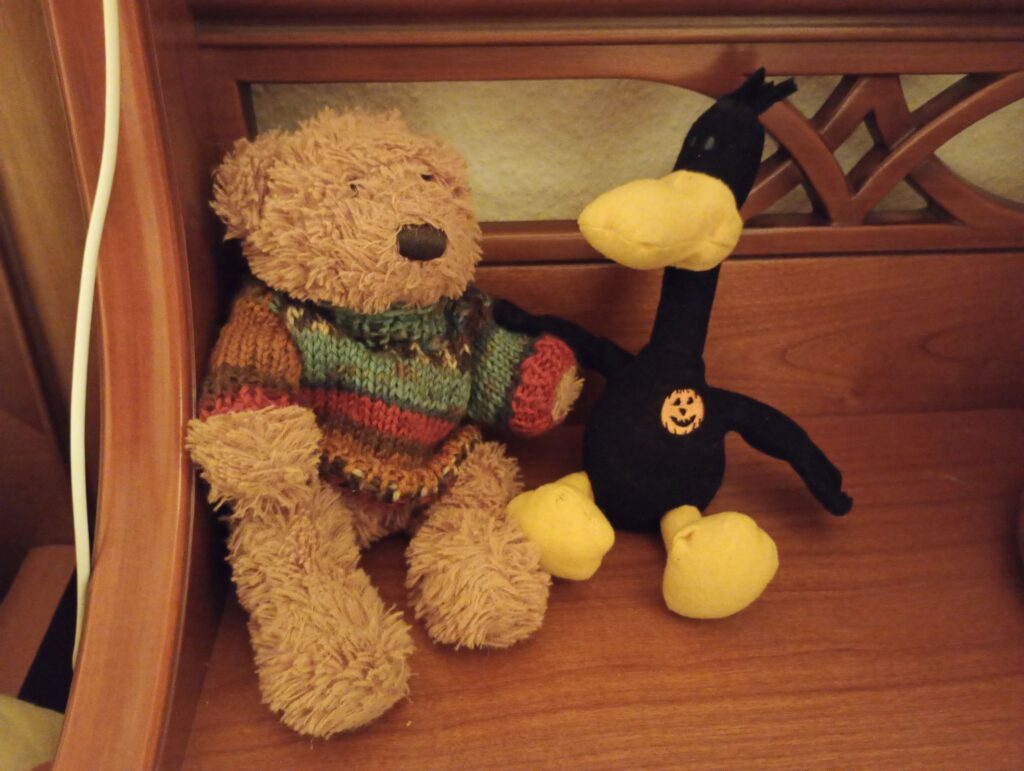
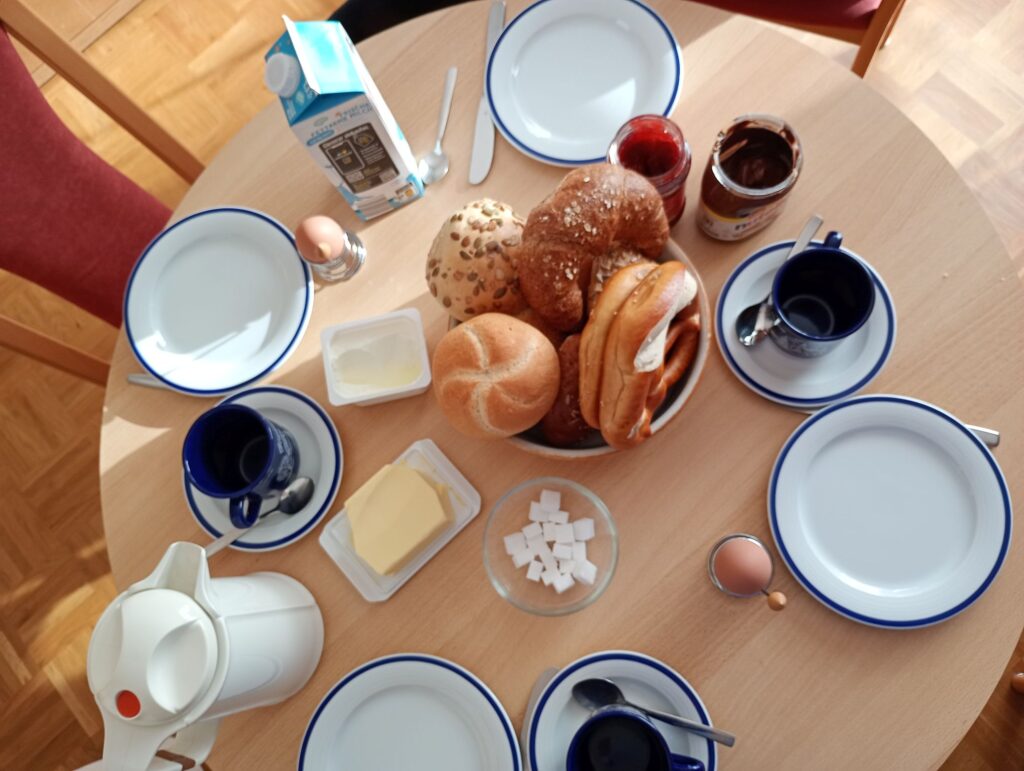
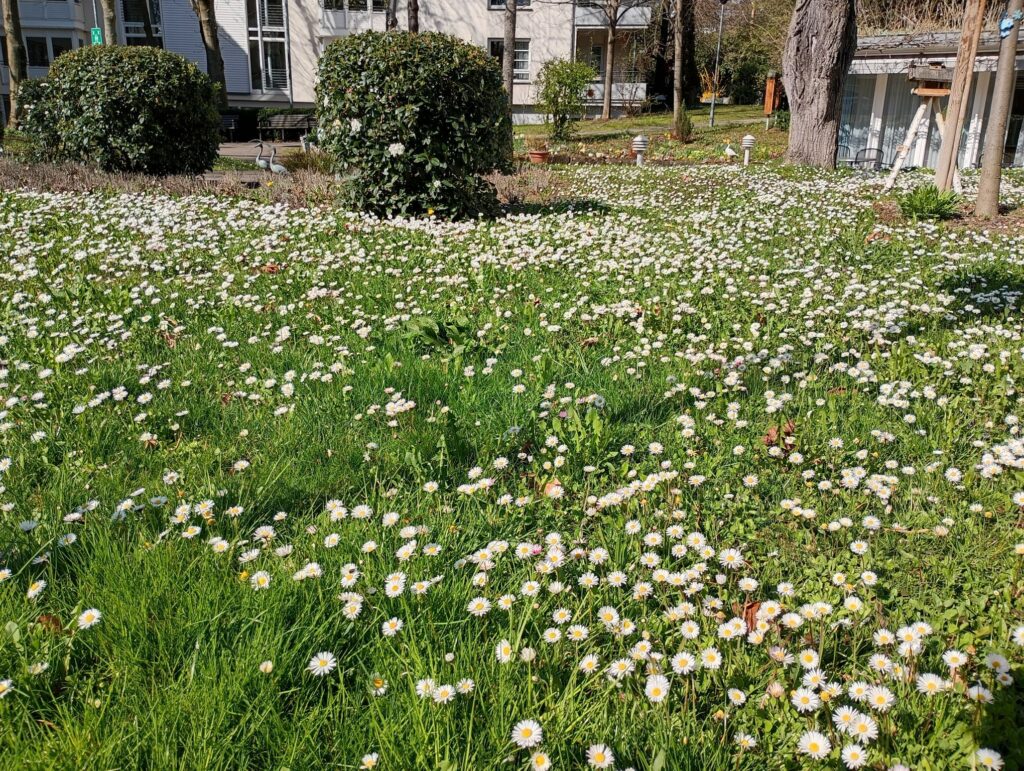
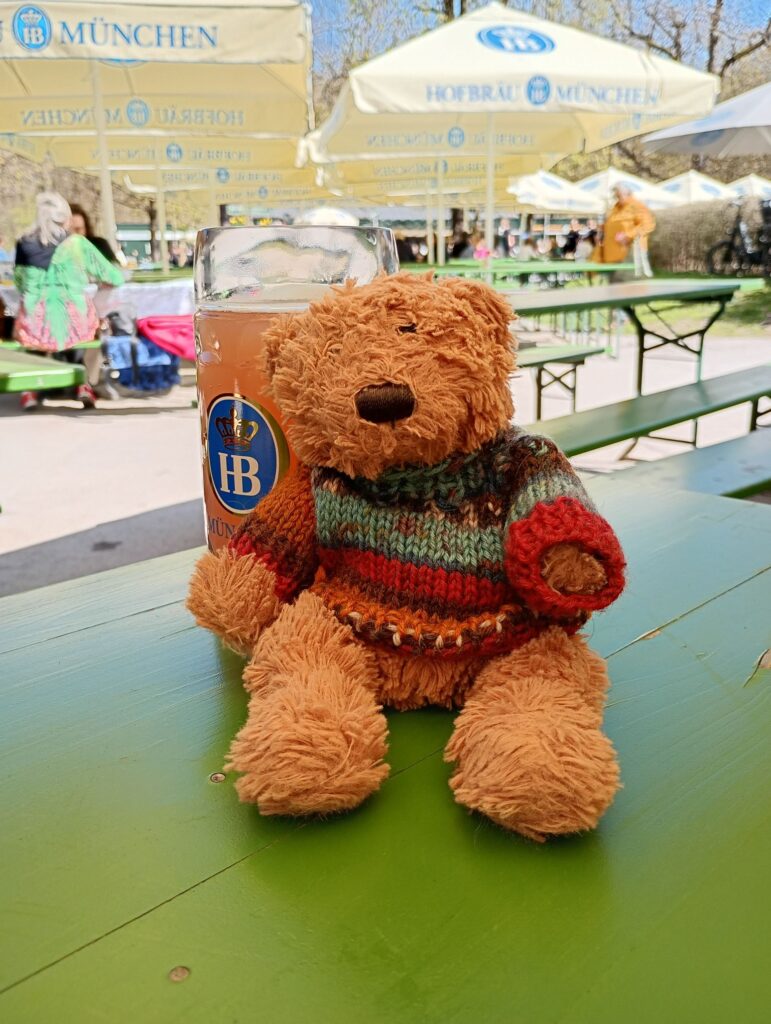
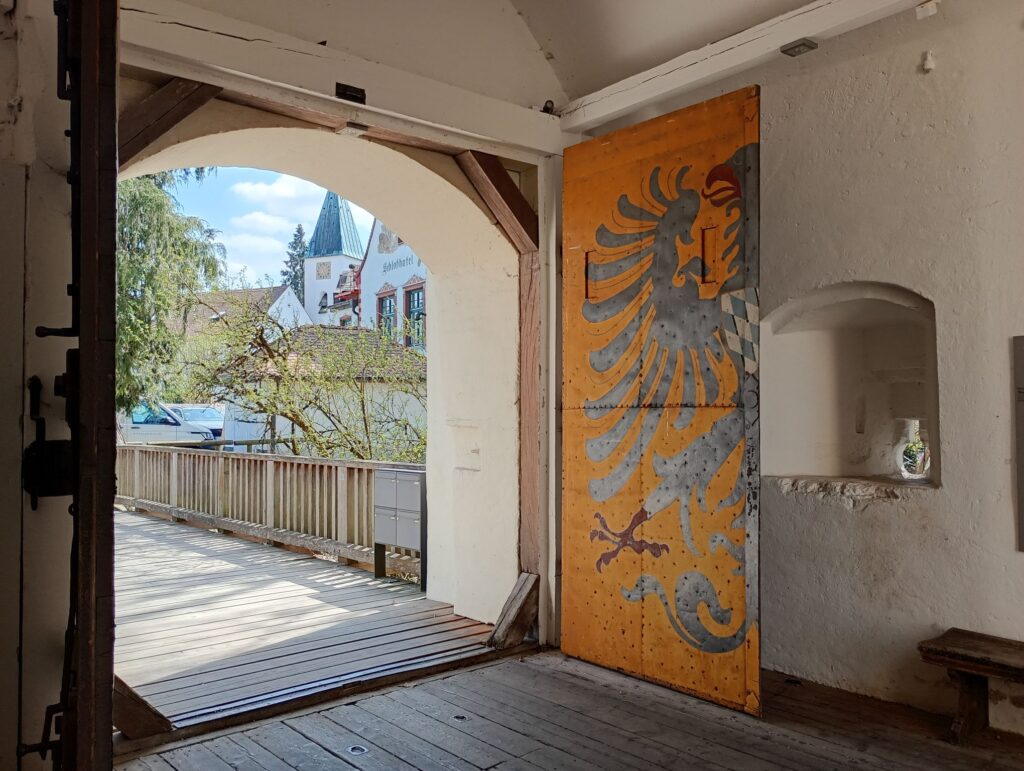

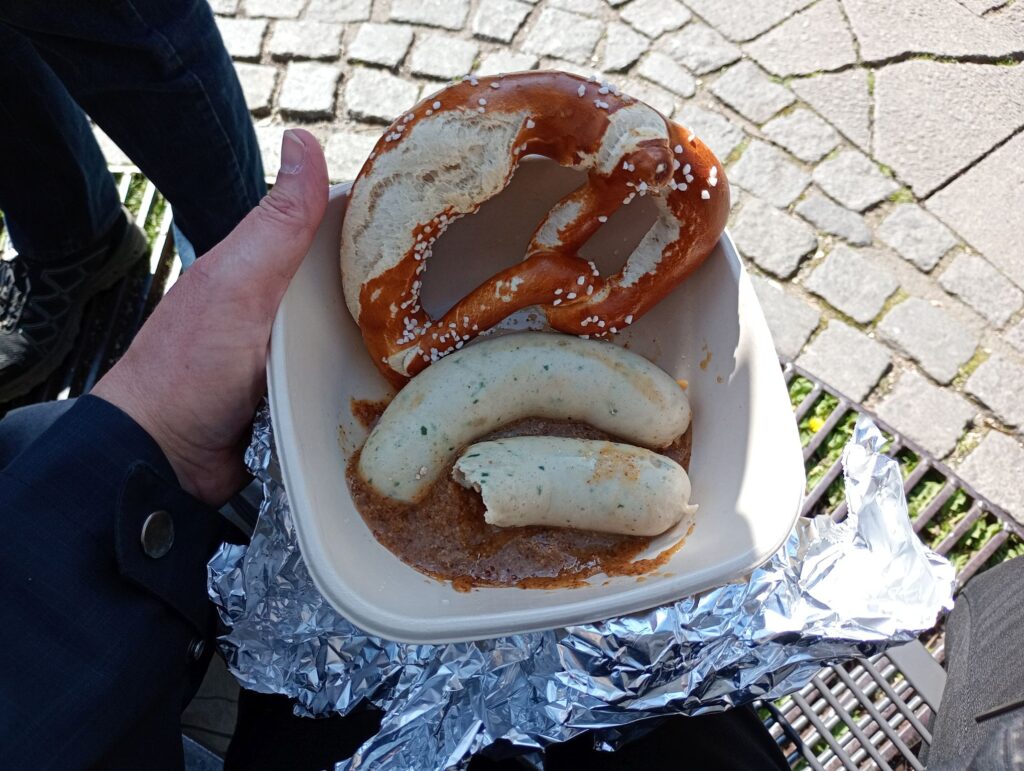

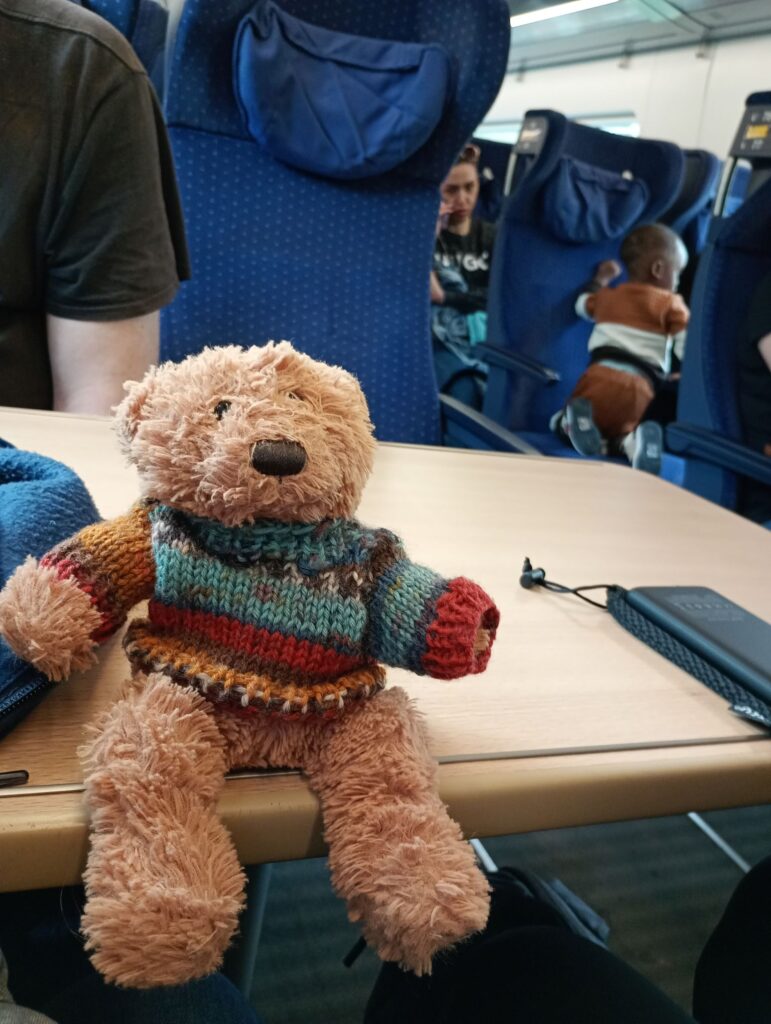

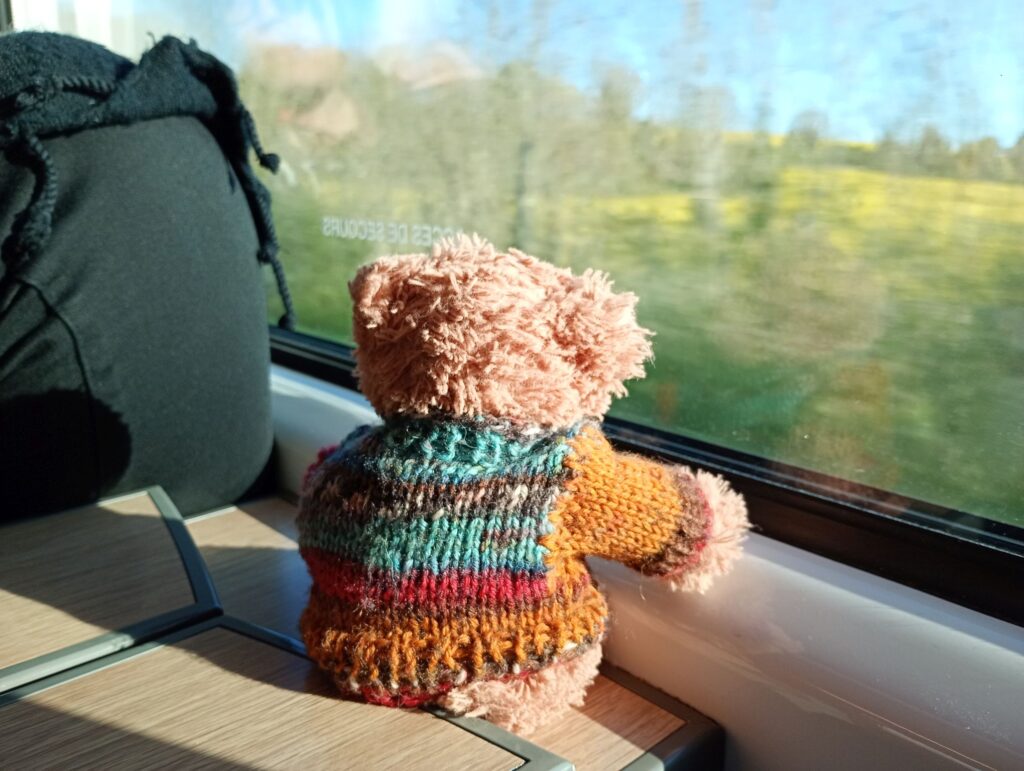
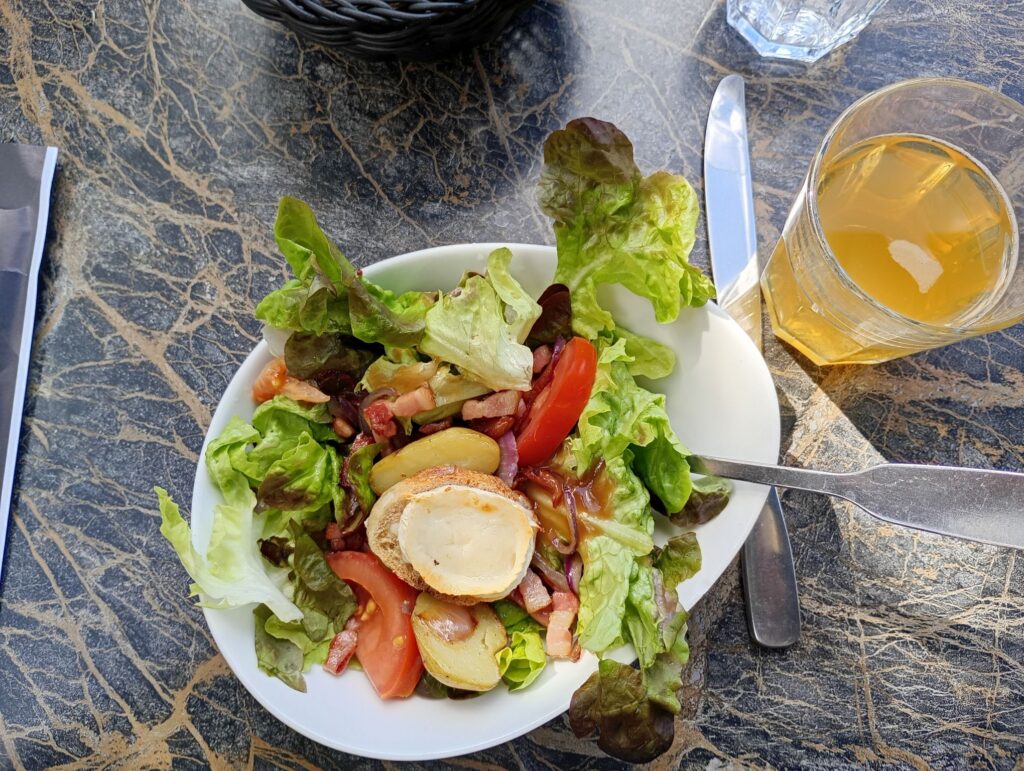
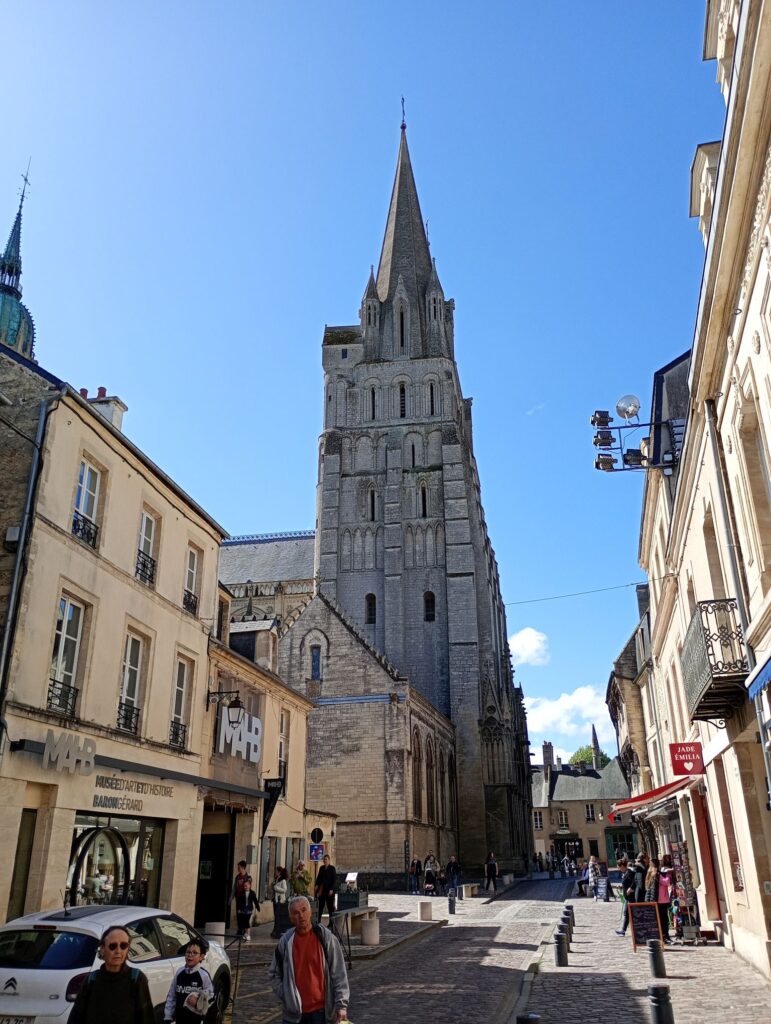
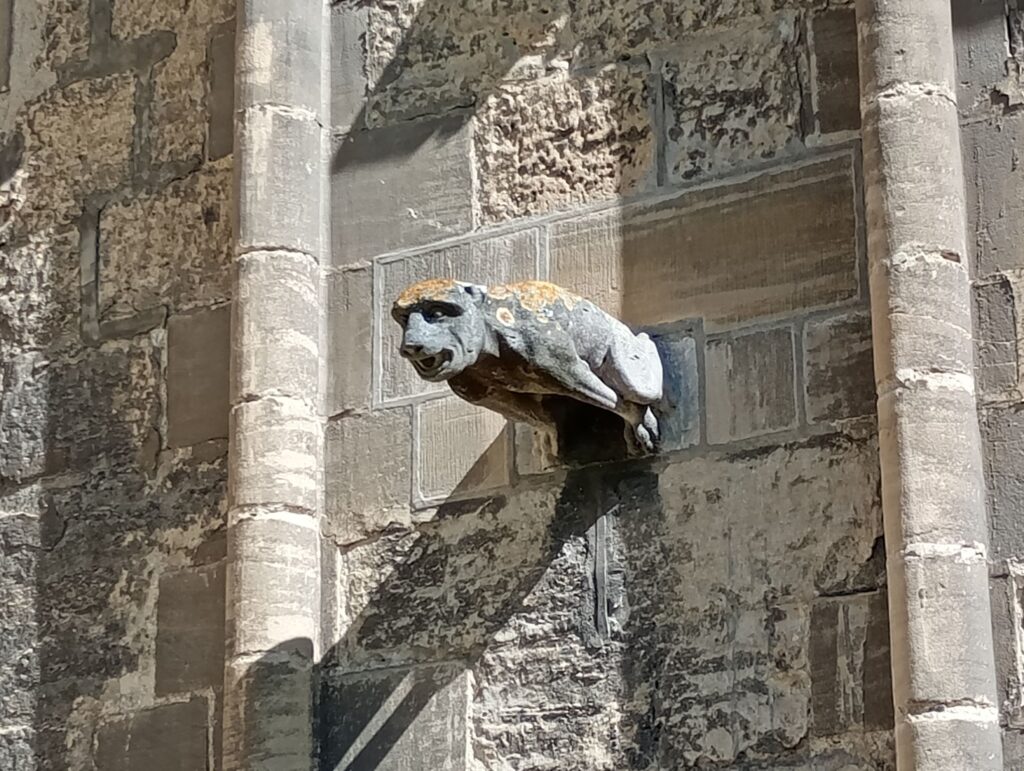

life, the universe, and a few-odd other things




















Where has March gone? Wasn’t it just February, like, last week? Apparently not. Well, at least I didn’t just randomly lose the month as I’m wont to do. I know exactly what happened to it: I spent it on a short-notice trip to Europe for family reasons. As I might have mentioned before, having your family a third of the way around the globe is a pain in the you-know-what, but visits have the added perk that you get to do some touristy stuff on the side. “Love where you find yourself,” and all that, you know?
My route home took me via France, where the Paris-dwelling Offspring and I indulged ourselves by pretending to be cultured. It was great fun. So as a small sampling of our jollifications, I present to you …
[The curtain slowly rises, the orchestra strikes up.]

The Paris Opera, as I’m sure you know (haha—I certainly didn’t before this), has two buildings, the Palais Garnier and the Opéra Bastille. The latter is a modern building, from 1989, all clean, straight (or swooping) lines and cement—now that I look at the photos, from across the auditorium the balconies look rather like the overhead luggage compartments in airplanes while everyone is stowing their carry-ons. The Opera Bastille houses the actual opera, as in, productions where people wander about on stage singing loudly and impressively while waving their arms.

So the Offspring purchased us some rather pricey tickets, and off we went to the show. It was weird. I mean, really weird. Hamlet, the opera, is an adaptation of an adaptation of an adaptation: Someone named Ducis adapted the Shakespeare play into French; Dumas, père, made Ducis’ version better by putting back some of the Shakespeare; Carré and Barbier wrote a libretto of Dumas’ take; then in 1868 Ambroise Thomas wrote music to go with it. Fairly early on in all this adapting they messed with the ending, kind of like Disney did with “The Little Mermaid”: this Hamlet doesn’t die, but gets to live out a natural lifespan, profoundly depressed, as king of Denmark. (Apparently the British audiences at Covent Garden got so ticked off at this sacrilege, the opera was adapted yet again for them and the death scene at the end was restored. To die or not to die, that is the question…)
And of course, a production of an opera is a whole other step again. So here we have a 16th century play, turned into a 19th century opera, put on in a 21st-century style. I think Surrealism is the term that comes closest for this particular performance. A lot of it left us scratching our heads, and not because it’s in French, as they actually had subtitles so you could follow. I kid you not—there was a screen at the top of the stage (so I guess it was really surtitles?) that had the French words with the English translation underneath. So we knew what they were saying (and we know the Shakespeare version fairly well, anyway), but it’s the setting and the actions that went with it that were puzzling. For example, there was one character, a member of the chorus, who periodically came out in a mime face and stood at the side of the stage, knitting. Huh? The best we could come up with was that he might have been meant as a representation of one of the Fates.
However, as I said, we greatly enjoyed ourselves. The music is beautiful, and the singing—wow. And watching that strange surrealist setting and trying to figure out what they were trying to do or say with it made us feel rather clever.
We had so much fun at the Opera that we decided to try it again the next day.


The Palais Garnier, or Opera Garnier, is the original Paris Opera building, and today is mostly used for ballet performances by the Paris Opera Ballet company.
If you go to the ticket office on the day of a performance, subject to availability you can get cheap “partially obstructed view” seats. So for €12 each, we got to see a ballet! Truth be told, it was weird and surrealistic, too. But again, we had fun. And the best part of that whole experience was not the performance per se, but the building.

The Palais Garnier is the quintessential opera house—in fact, it’s the setting for Phantom of the Opera. Built in the 1860s under Napoleon III, it hits every stereotype you can think of. Gilding, marble, statues, red plush (the red plush! Everywhere!), swooping curtains (of red plush, or painted to resemble red plush), tiers and tiers of boxes (lined with red plush), rows and rows of seats (upholstered in red plush), sparkling chandeliers dripping with crystals (those aren’t red plush), grand sweeping staircases, saloons… It’s mind-boggling.




I had to keep myself from squealing out loud when we got to our box—actually, I might have squealed just the teensiest bit. You step from the sweeping curved hallway through one of the many little doors that are side by side in a round wall, and you’re in a tiny, dimly lit red plush foyer—maybe five feet wide, and eight feet deep. There is a bench on one side to rest your weary slipper-shod feet, coat hooks on the opposite wall for your opera cloak, a little shelf to put down your opera bag while you use the red-plush-framed mirror above it to straighten your elegant opera coiffure. Straight ahead is a looped back red plush curtain, through which you can see six red-plush-and-gilt chairs, arranged in three rows. And beyond them, past the red plush railing, the great red-plush-and-gilt cavern of the auditorium, with its enormous chandelier suspended above from the centre of a rainbow riot of Marc Chagall paintings. The Chagall ceiling is the only piece that is not in keeping with the 19th-century opulence, being of an entirely different style of overwhelming colour, but it’s Chagall—it’s glorious.


The tickets we had were for the two back-row chairs of our box; about a quarter of the stage would have been obscured by the sides of the box, but we could have seen it standing up and leaning over a bit. We got there early enough that nobody else was there yet, which is why I was able to sit in one of the front seats for a few minutes, staring at the Chagall, and just revel in all the red-plushness around me. Eventually I moved back, though, because the box is so narrow that there is just barely enough room between the chairs to get past, and I didn’t want the awkwardness of having to do a seat-swapping tango with our fellow box occupants. (Come to think of it, I wonder how, in the days when the theatre was new, Victorian ladies in their crinolines ever got in and out of those boxes…) But we were lucky: the couple that arrived shortly before the beginning of the performance took the front two seats, and then nobody else came. So we moved up to the middle seats, and with just a bit of neck-craning were able to see most of the stage.

I don’t have too much to say about the performance—as I mentioned, it too was rather strange and very, umm, modern. However, the skill of the dancers was astounding and a delight to watch, and I for one found that surrealistic weirdness is easier to enjoy when it comes through a medium that is already mostly abstract, such as dance and instrumental music. I didn’t quite follow the plot of the story they were telling, but that didn’t bother me much, as the experience of just being in the Palais Garnier is what made it all worthwhile.
And then the performance ended, and we streamed along with the rest of the audience out through the gilt-and-marble foyer into the rainy Paris street and down into the Metro system. And not just the audience, either: just before our train doors closed a well-dressed woman jumped into the car, a violin case strapped to her back—obviously one of the members of the orchestra. Just your ordinary Parisian working woman on her way home from her work shift.
Somehow that seemed to put the final touch to the experience. It was all so “Europe”: gilt and red plush, surrealism and a classical orchestra, high culture and utterly democratic public transit. A tale of two operas, a tale of two worlds that are, really, just one.
Life, the Universe, and a Tale of Two Operas. It was the best of times, it was the… No, not that. It really was wonderful.

It’s been a week since Steve and I have been back from Europe. 888 photos later, we’ve seen Paris and Berlin, and we… Hah, no, we haven’t. We’ve seen a very, very small part of those amazing world cities. There’s not too much you can do in three days each; the main purpose of the trip was, as always, to visit family, so the bulk of our time was taken up with that. But we got in some great sightseeing regardless!
So here, in a nutshell (you can decide what kind of nut) are some of the most basic impressions. One dozen photos, two countries, three cities.
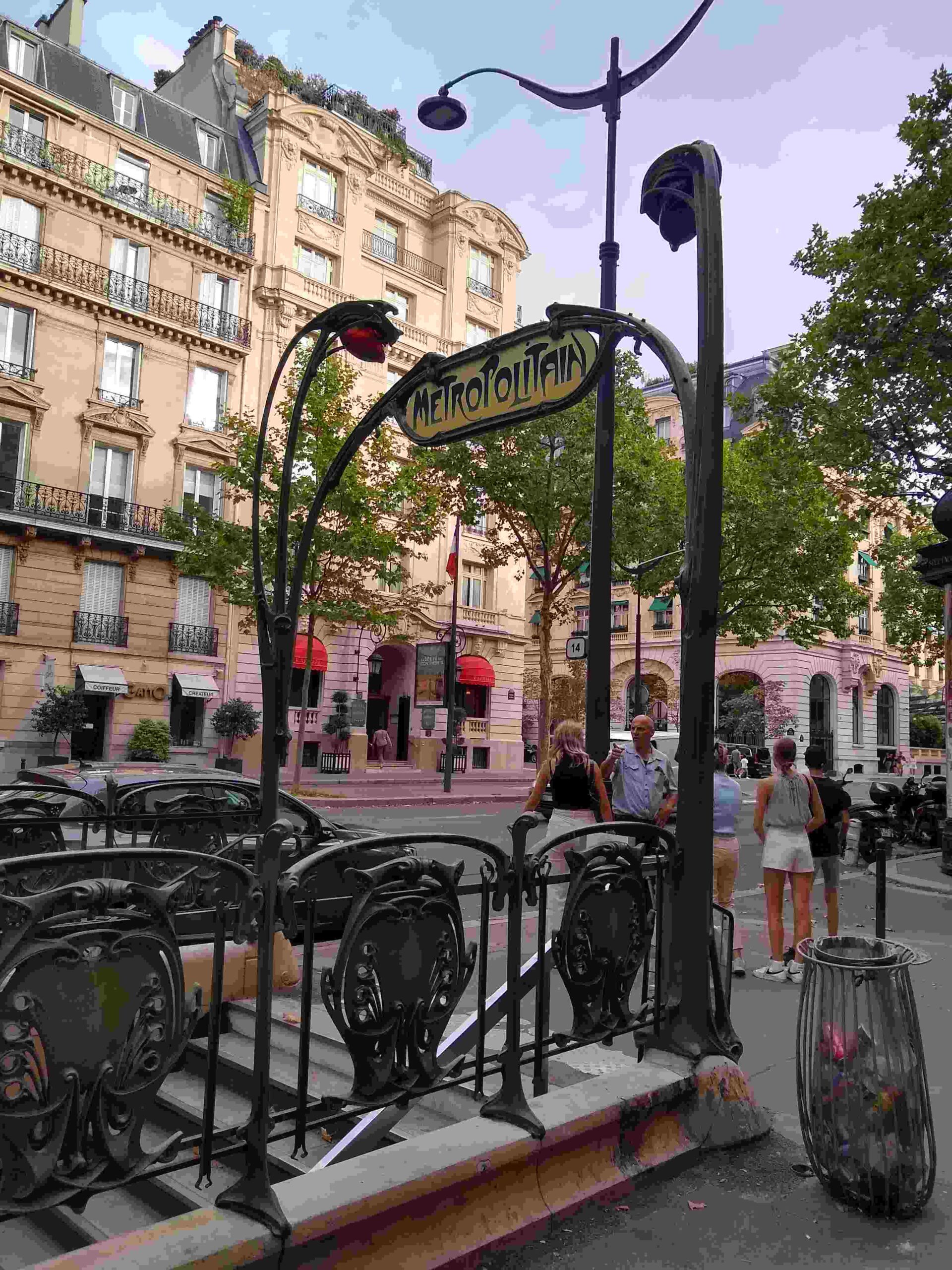
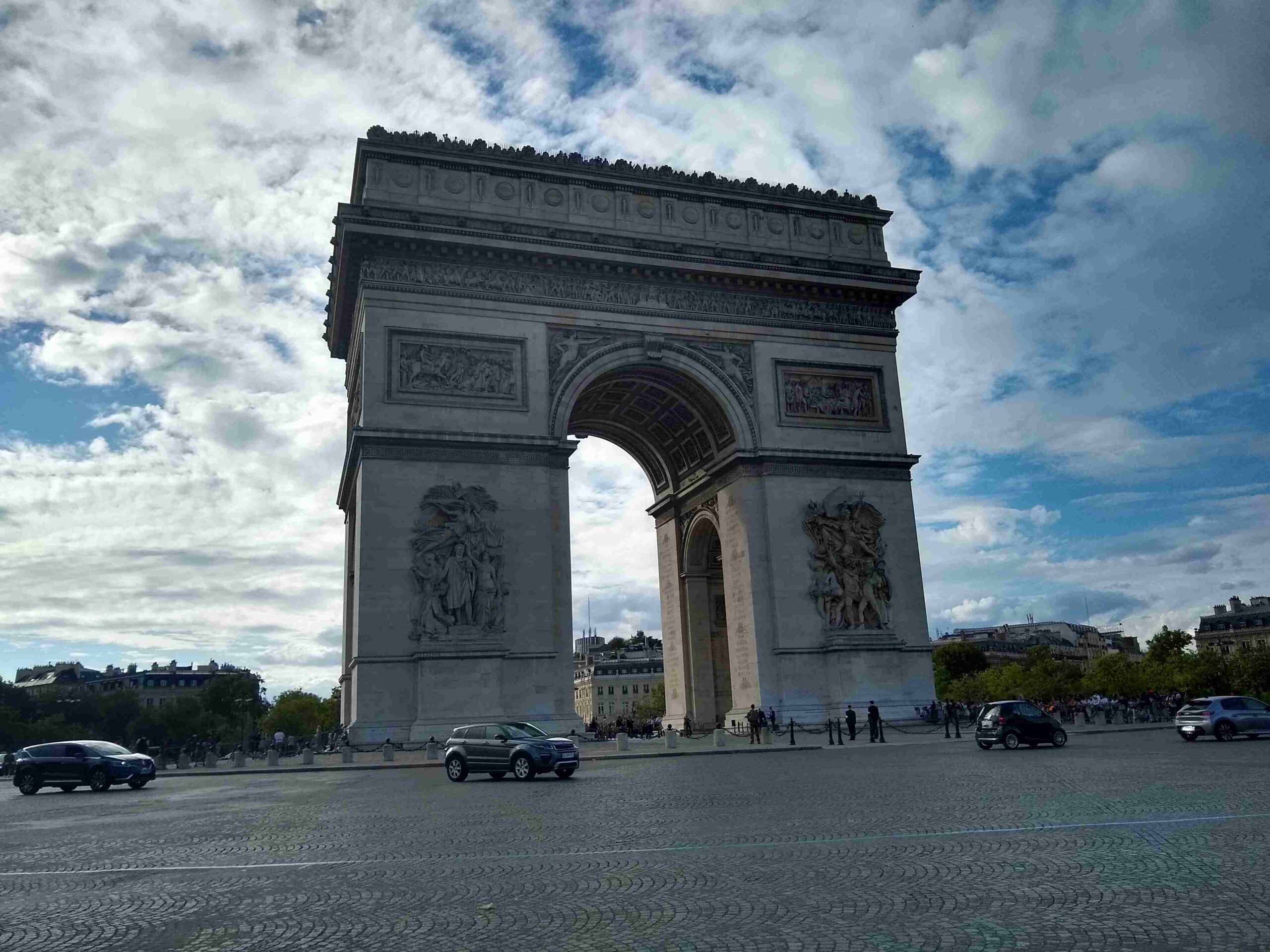
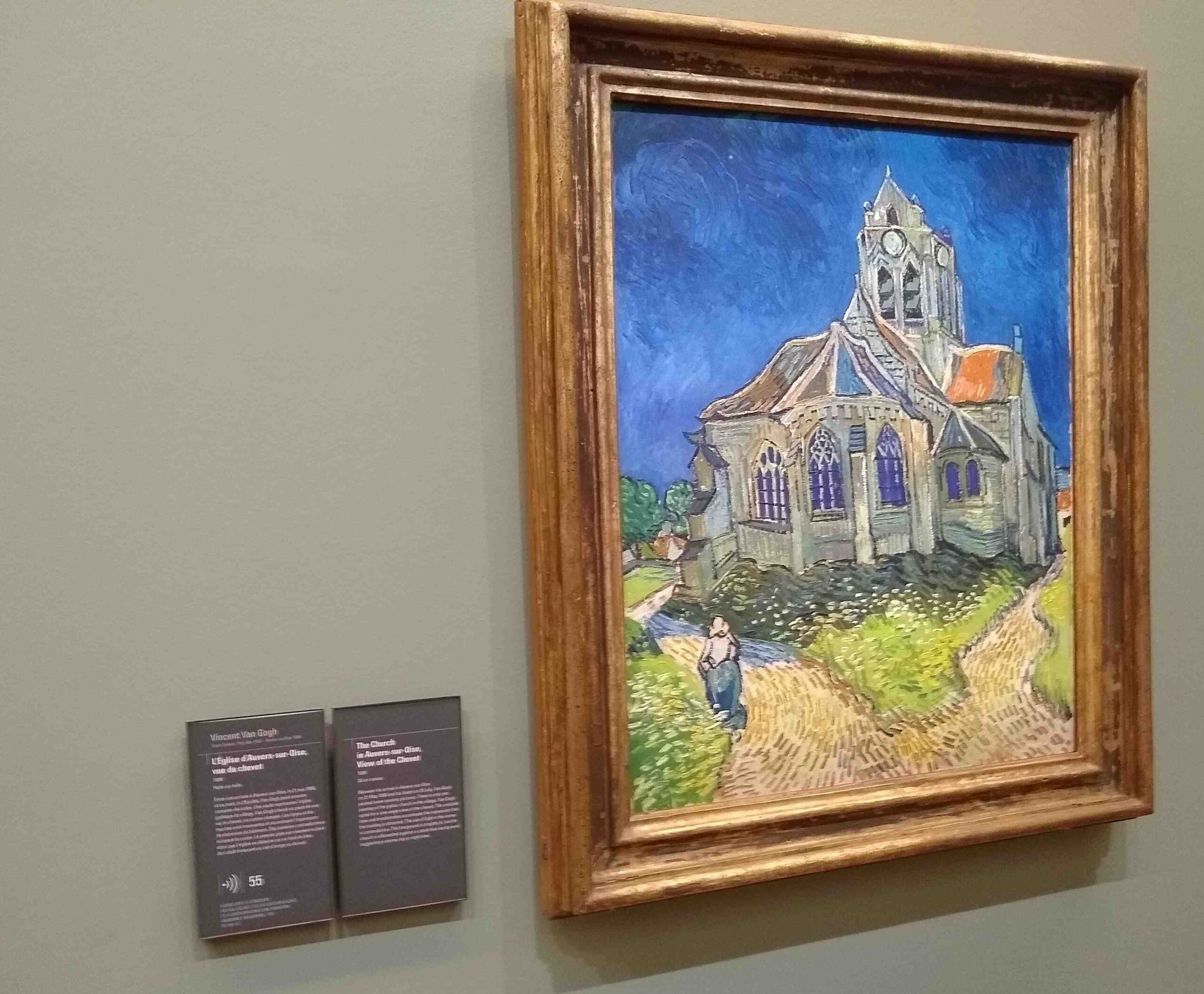
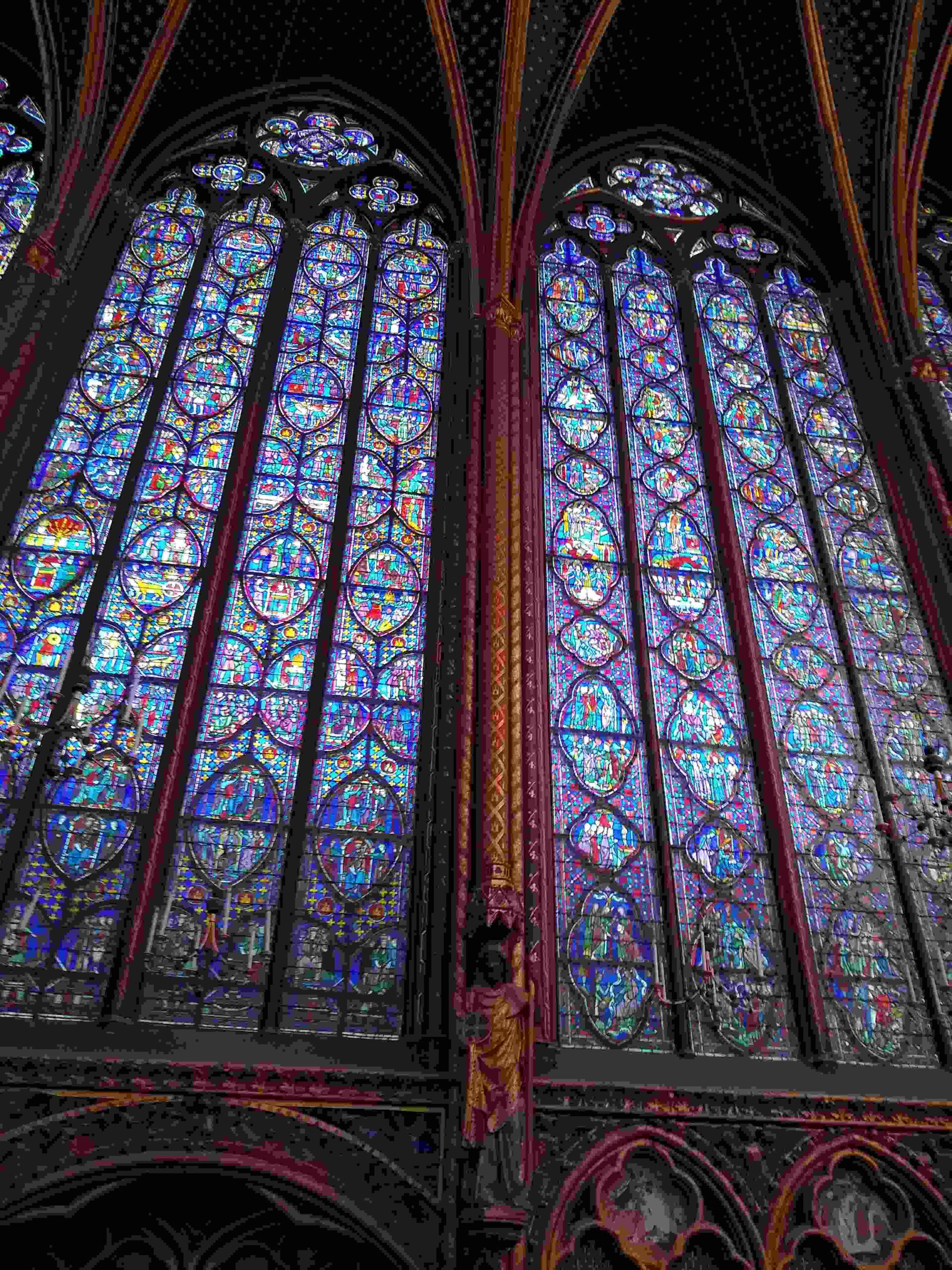
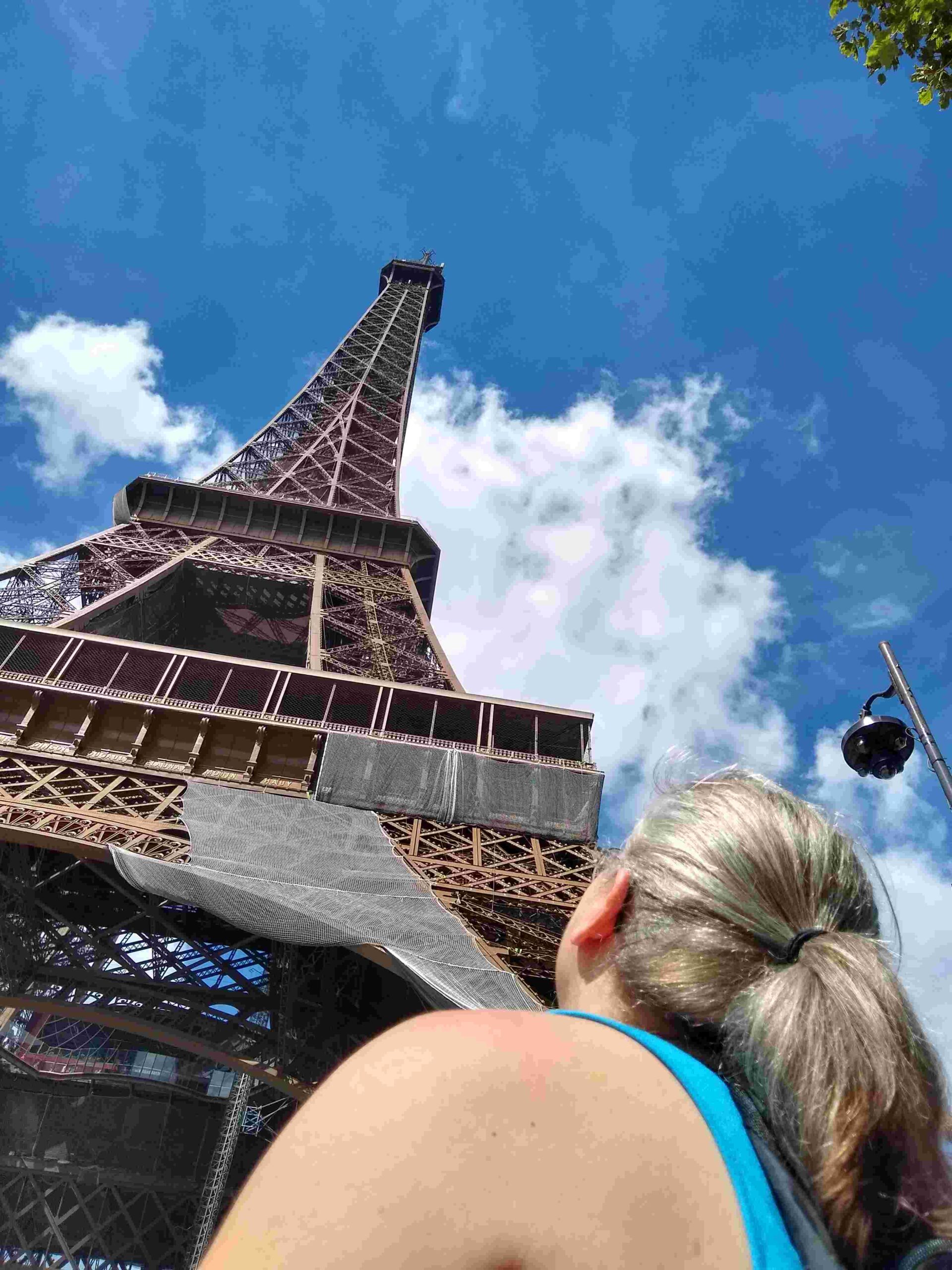
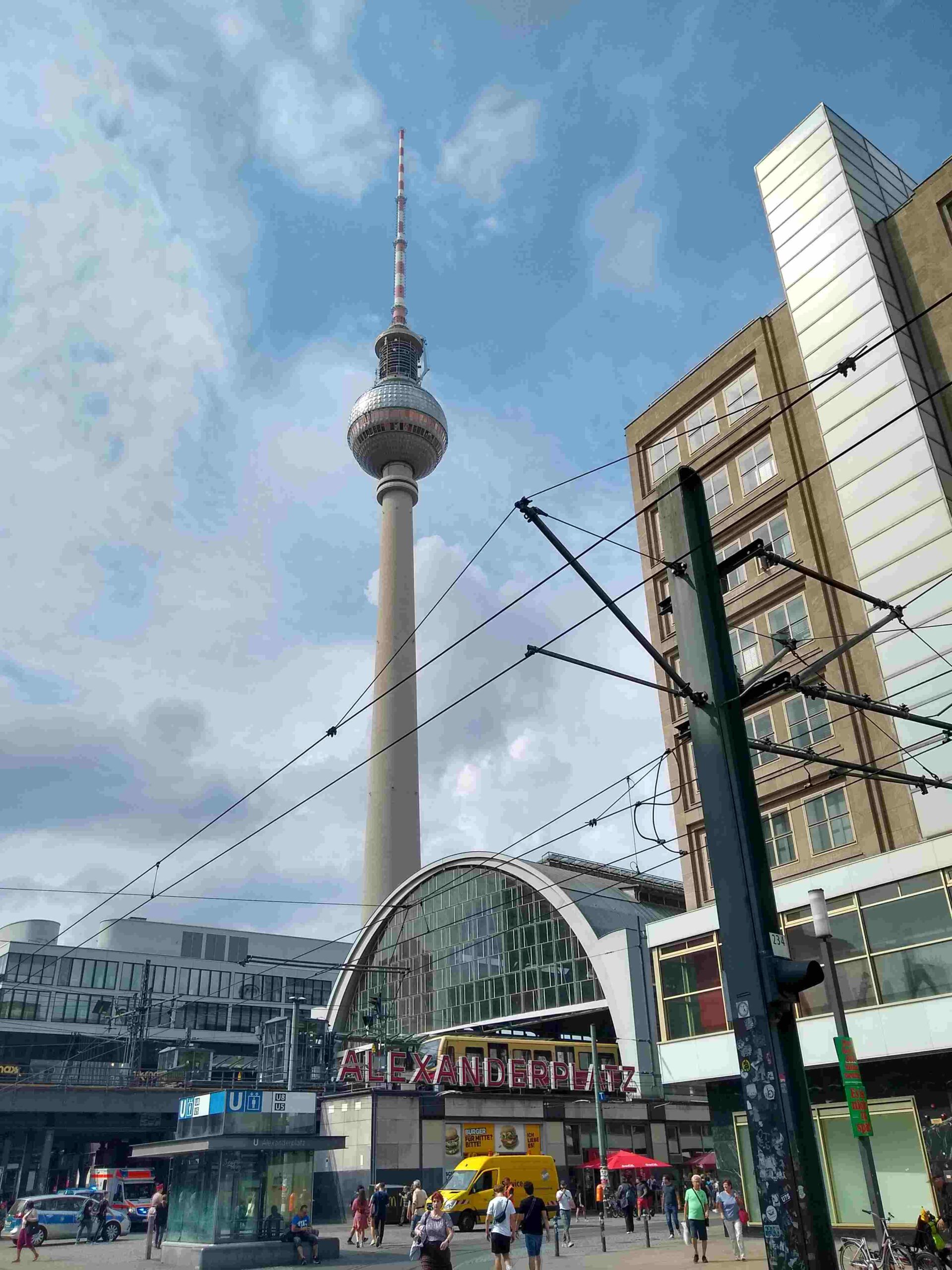
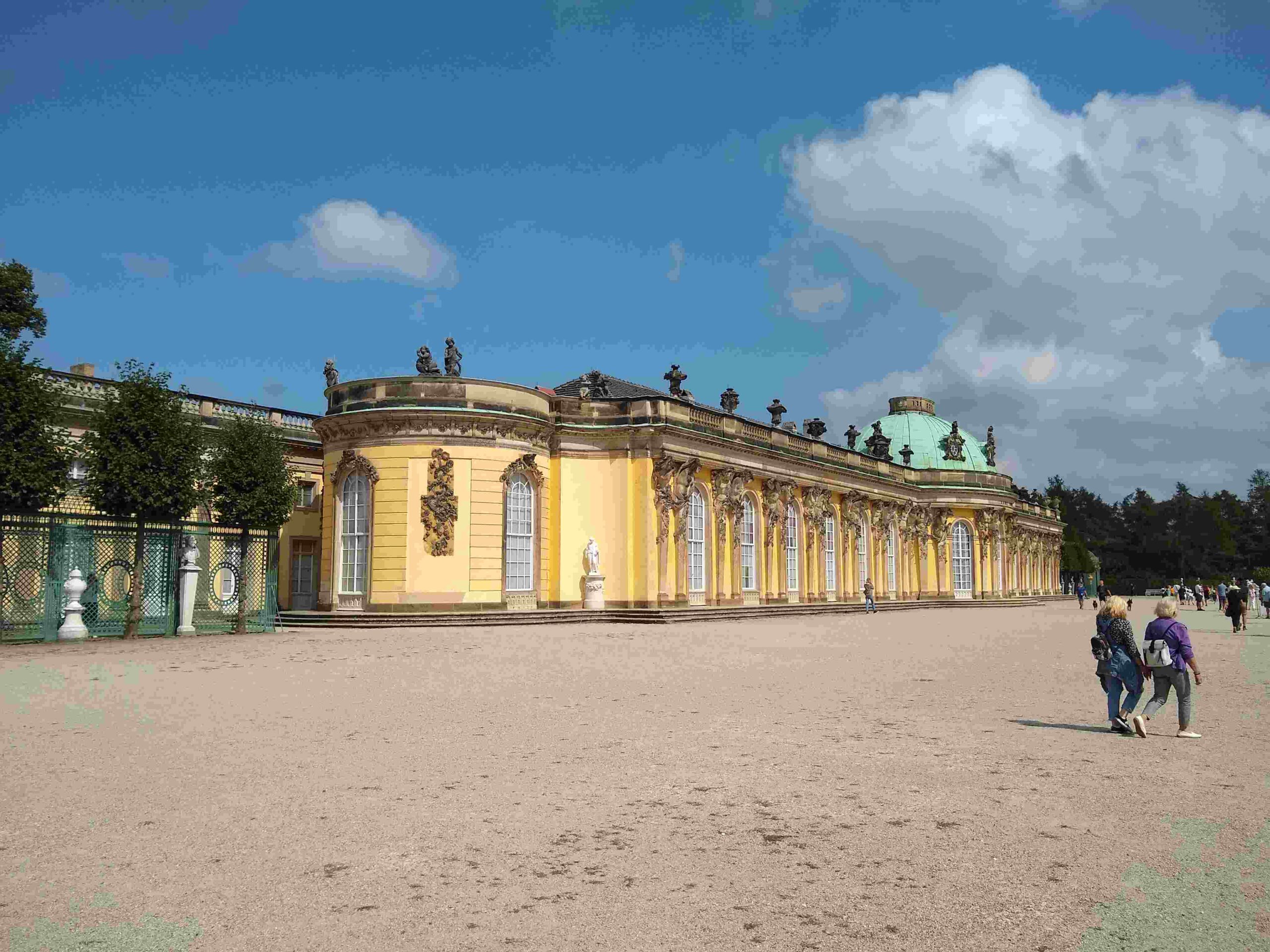
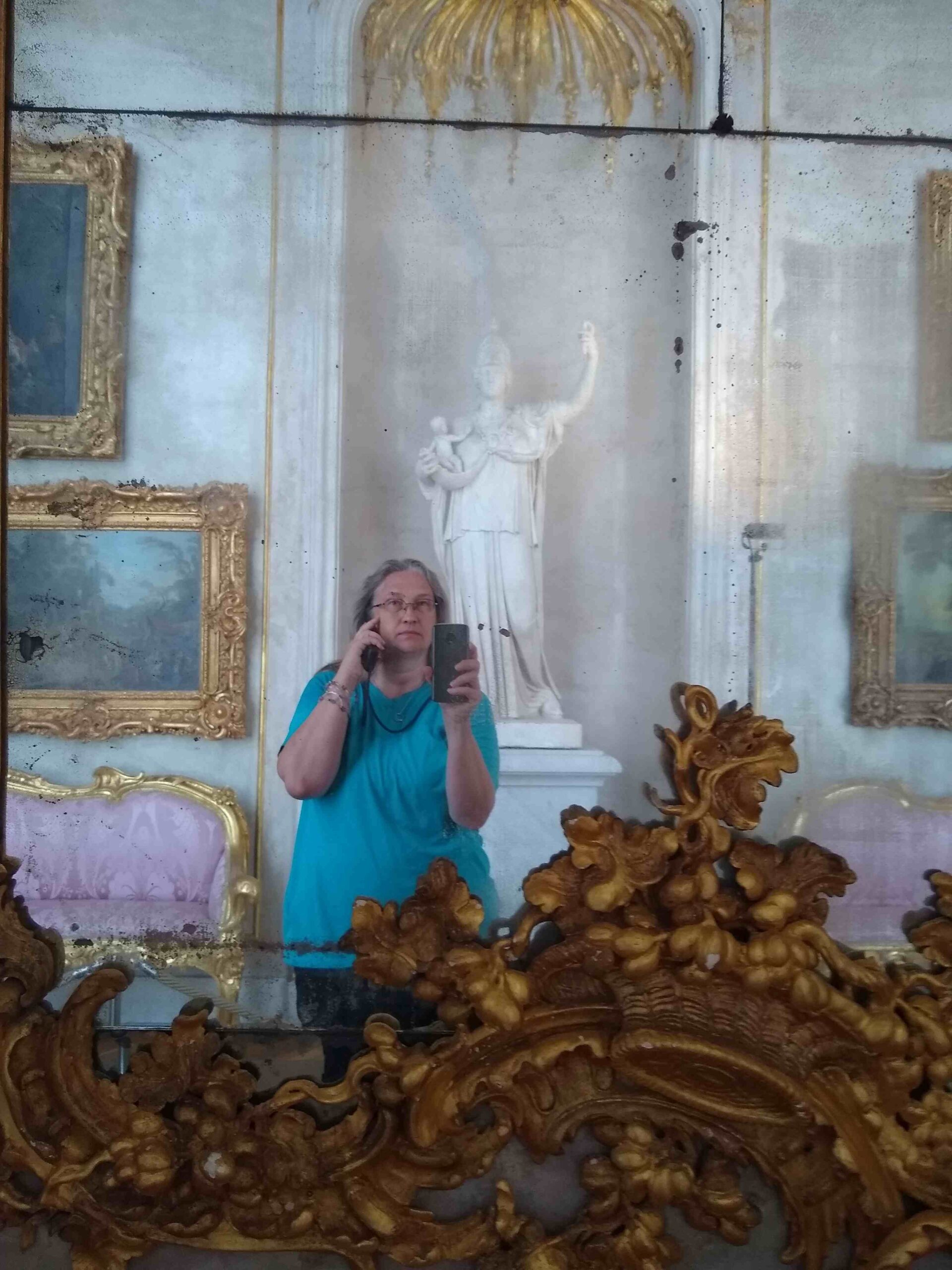
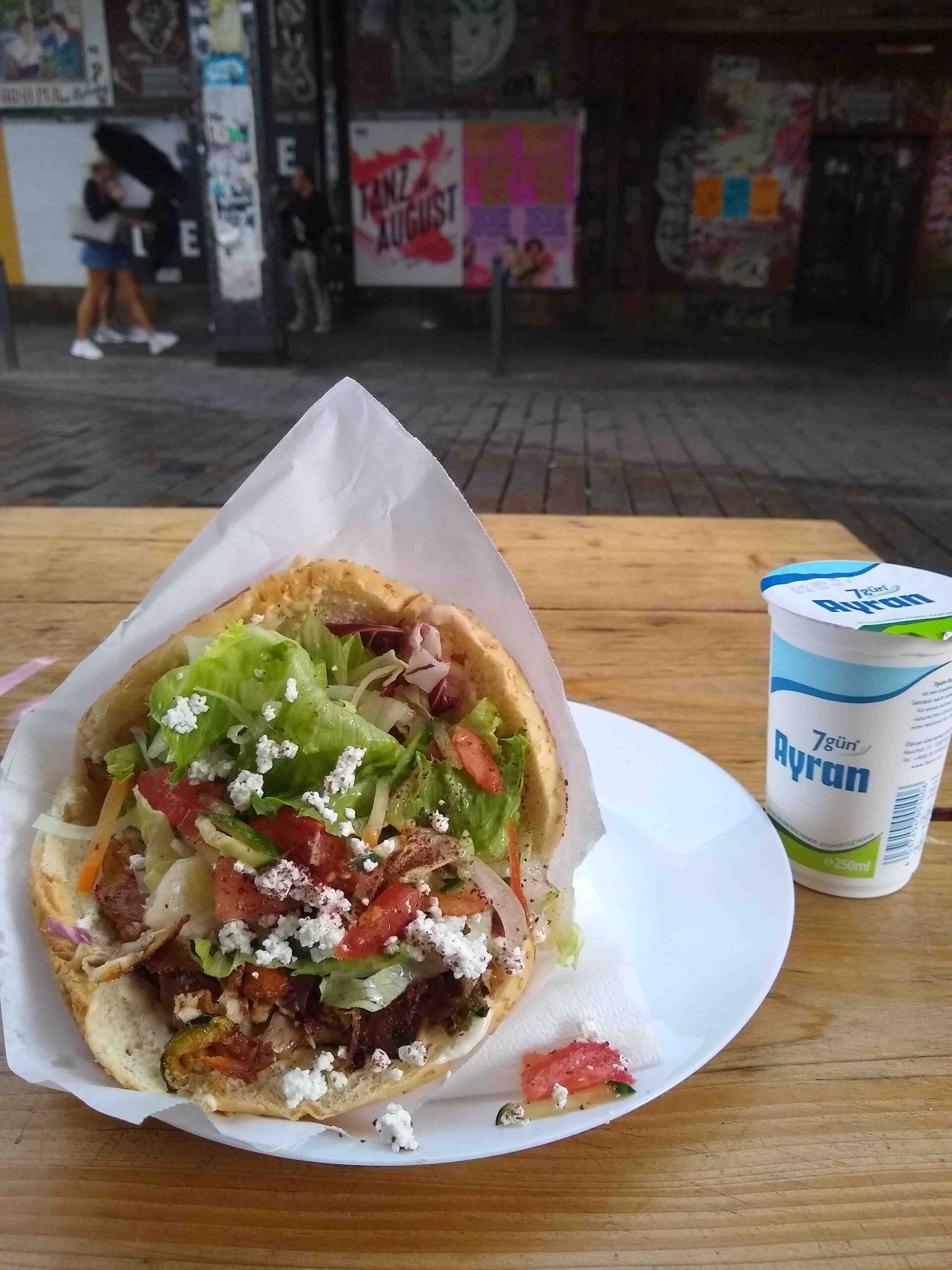
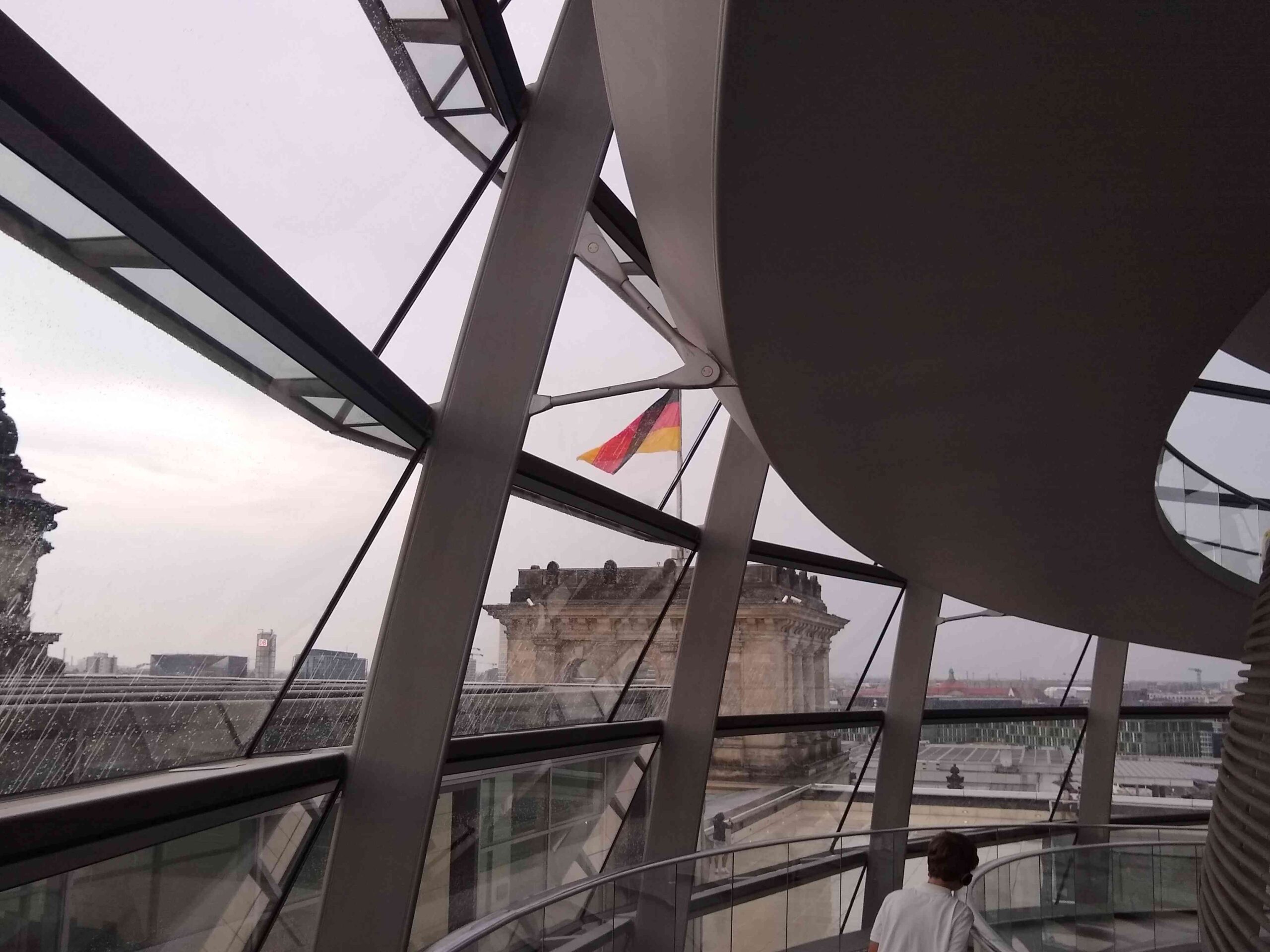
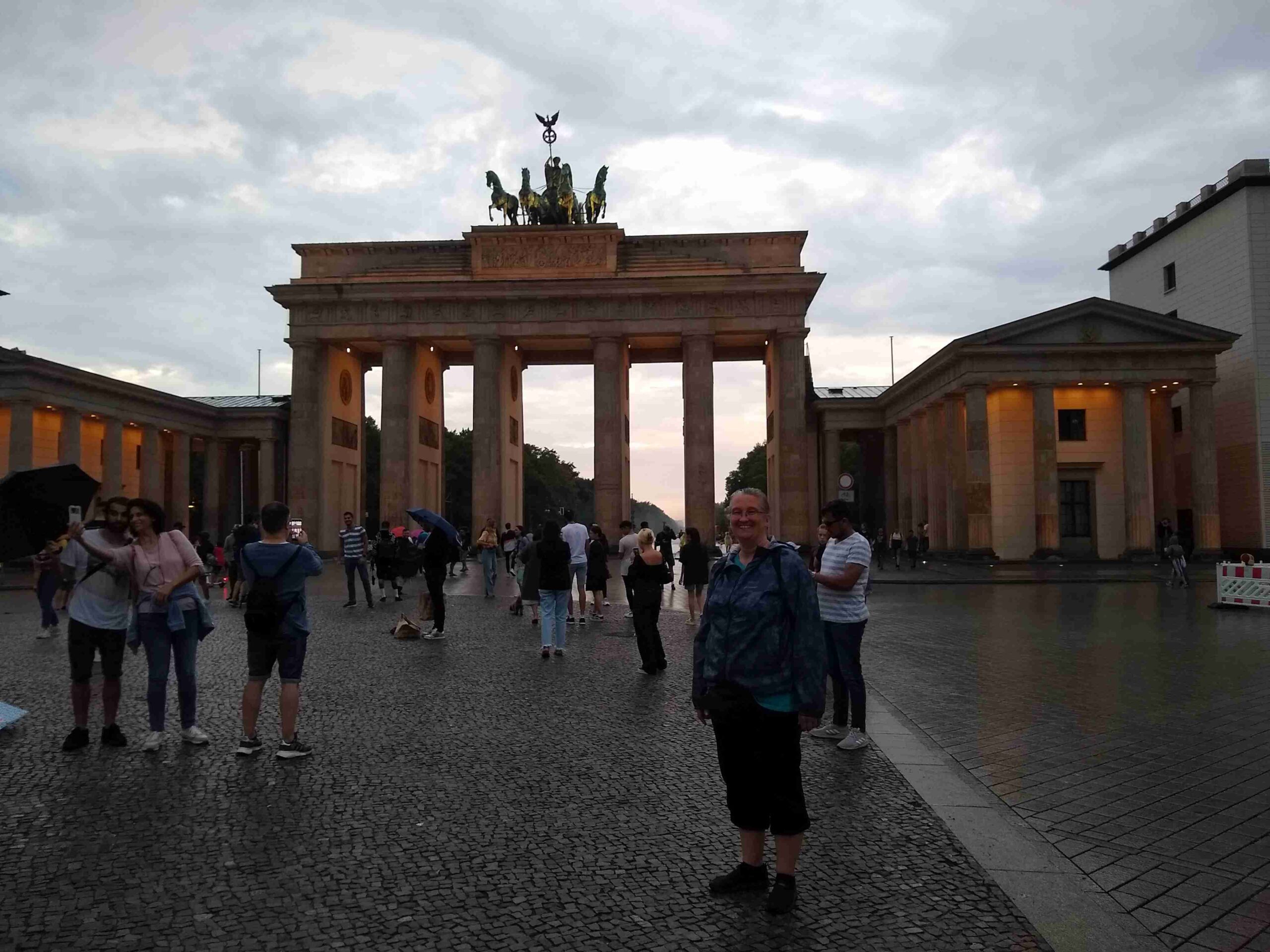
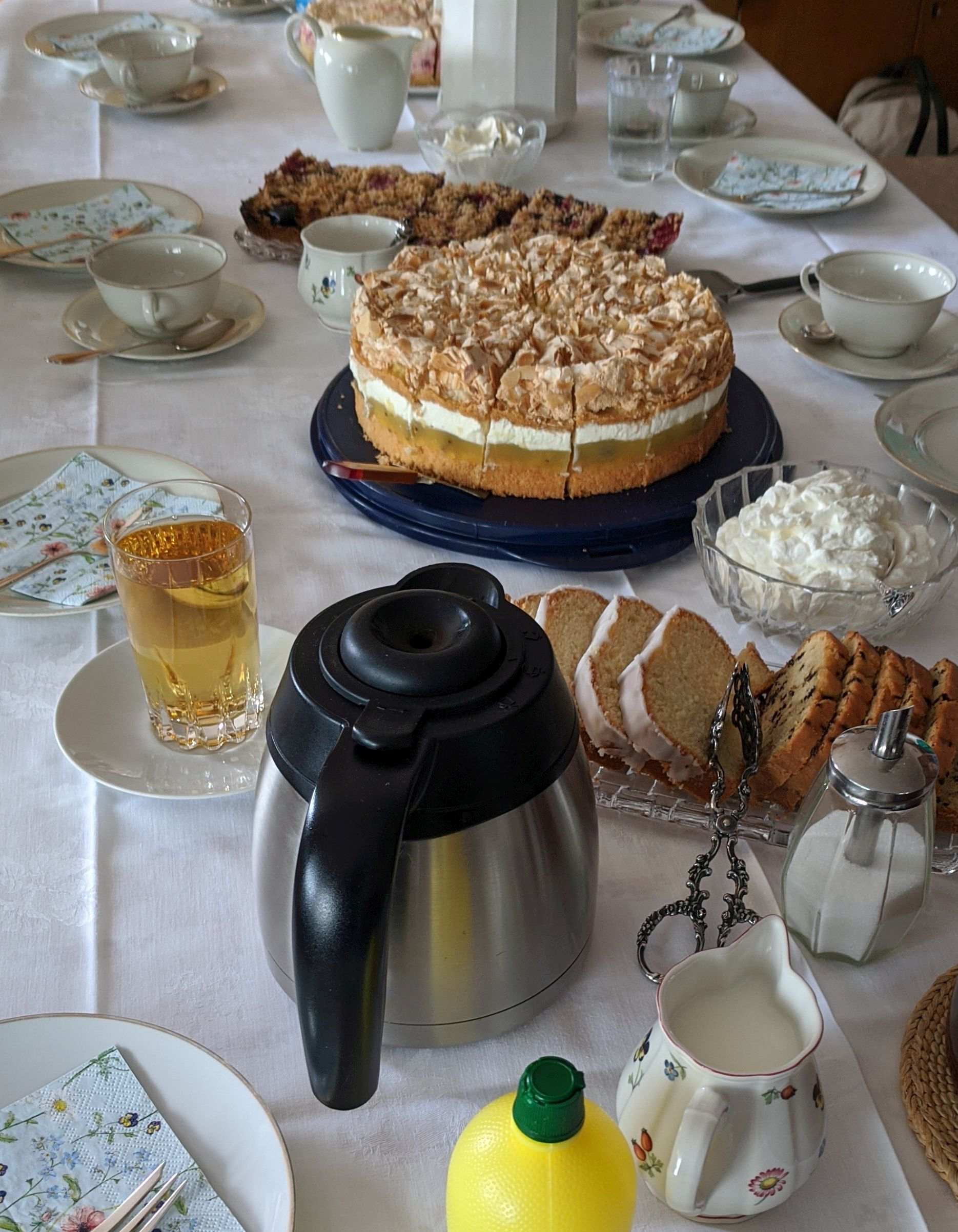
Life, the Universe, and a Trip to Europe, in One Dozen Shots.